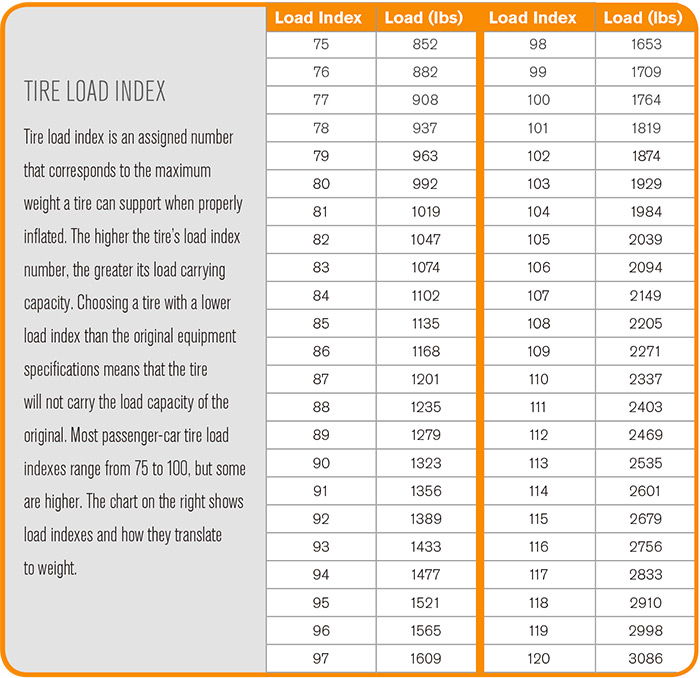
The importance of tires to the successful operation of loaders, articulated dump trucks and other vehicles used on construction sites cannot be understated. Quite simply, tires play an irreplaceable role in helping vehicles accomplish their tasks. The following are five best practices that will help you achieve optimal tire performance. The benefits will flow right to your operation’s bottom line.
1. Inflation
Making sure your tires are properly inflated is the most effective tire maintenance practice you can employ. Correct inflation helps extend casing life and can produce other benefits. You should inspect tire inflation levels at least once a day, or, if possible, before each shift. Overinflation and under-inflation should be avoided. One problem caused by overinflation is uneven wear, whereas underinflation causes conditions in which tires flex more, which generates heat buildup. If you are not checking your tire inflation levels on a regular basis, start doing so today.

2. Fleet surveys
Check your tires before every shift—not just for inflation issues, but also for depth of tread and for cuts and nicks that have the potential to grow into larger fissures over time. Also check for mismatched tires. Fleet surveys will help you identify and correct these often overlooked issues before they turn into expensive problems down the line. The benefits of a good fleet survey certainly more than make up for the time required to conduct one.
3. Site audits
Whether they are performed in-house or by a representative from your tire supplier, construction site audits can be another valuable tool. Take a careful look at your site, as well as all of the roads leading into and out of it.
Are there rocks and debris in your equipment’s path? Are there steps that can be taken to improve tire traction? Water management is also important. Has your site been designed in such a way that water easily drains away from it? Is there standing water in the form of murky puddles on your site? Is there water on incoming and outgoing roads? It is often difficult to know what tire-damaging items are silently lurking beneath a puddle’s surface. Eliminate this risk by maintaining dry ground.
4. TMPH Studies
Regardless of application, every construction tire has a specific ton-mile-per-hour (TMPH) rating that dictates how much the tire can carry at a certain speed. This rating is the result of multiplying the vehicle’s average load by its average speed. Making sure your tires do not exceed their TMPH ratings is critical to optimizing performance. Adherence to TMPH ratings also helps extend tire service life. There are different ways to track vehicle load and speed.
Goodyear often places GPS tracking units on articulated dump trucks, rigid dump trucks and other vehicles to monitor their movement over a specific period of time (24 hours is common). Collected data is then used to calculate TMPH, and this information can be condensed into customized reports for end users. All of this will help you determine if your tires are working within their designed capacity.
5. Tire performance tracking
So, you have collected data about tire load and vehicle speed. You have checked inflation levels, tread depth and other functions, making careful notations along the way.
What now? Your next step is to put that valuable information to work by feeding it into a robust, online tire management system. Having the ability to track tire service hours will help you know when you will need to buy replacement tires, so you can budget accordingly. If you don’t track your tires, you will never know if you are getting full use out of them.
